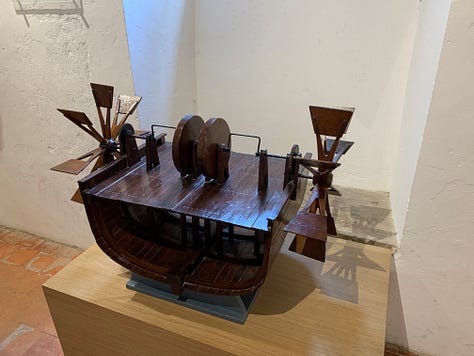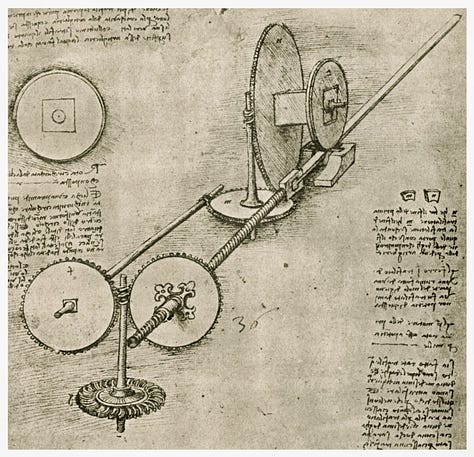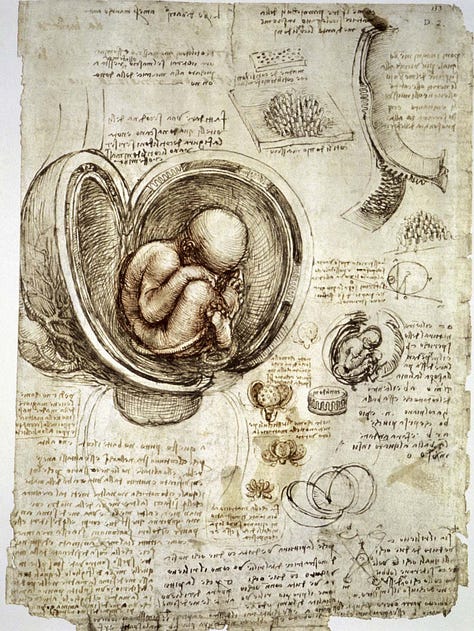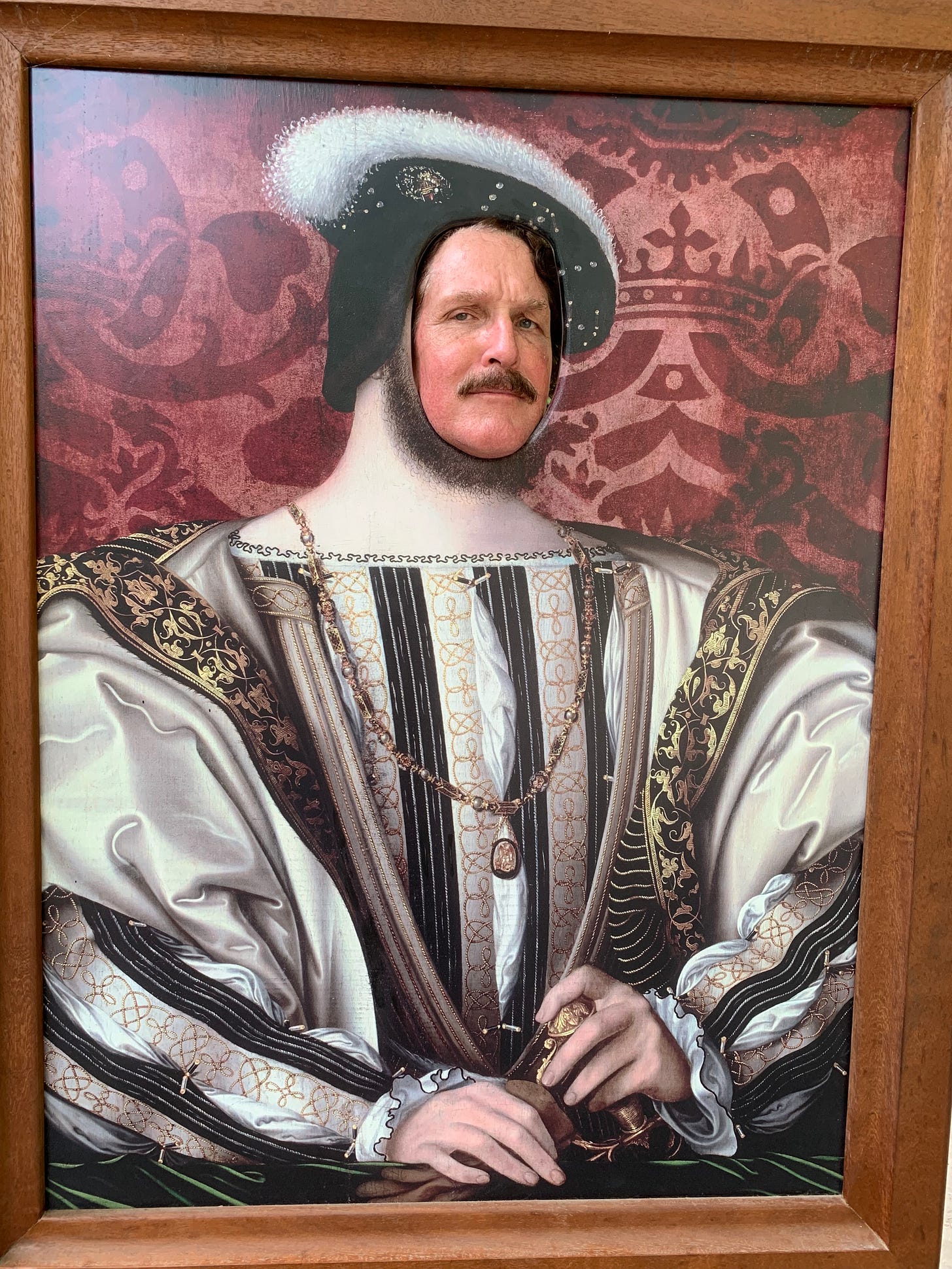In the intricate dance of life, we often find ourselves navigating between certainty and ambiguity. For personal development aficionados, martial artists, creative artists, and entrepreneurs, this balancing act can harness unprecedented growth and innovation.
For most of us though, including all the above, the world of Uncertainty can be scary. We are living in times of great uncertainty already - two huge, significant wars which could go bigger, wider and possibly nuclear with more sparks. We also have big inflation and economic troubles along with rising crime.
So don’t we deserve a point where we don’t deal with Uncertainty.
Yes and no.
Many situations generated uncertainty but are not of our own making - nor can we do much about their Big Picture change. But embracing uncertainty on a personal and professional level - where we take measured risks of uncertainty - can payoff bigger. No risk no reward. Bigger risk, bigger reward.
Let’s turn back the page to an inspirational figure.
Leonardo Da Vinci.
I actually went to his house in France which is called the Chateau du Clos Luce.
This historical figure who mastered this delicate interplay was Leonardo Da Vinci, the quintessential Renaissance man. By deftly combining art and science, Leonardo not only revolutionized these fields but also provided us with enduring lessons on how to thrive amidst uncertainty.
The Whole Brain Thinker
Leonardo Da Vinci (1452-1519) stands out in history as a figure of imm
ense versatility. Born in the village of Vinci outside Florence, his illegitimate status in a class-conscious society marked him as an outsider from the start. Yet, it was perhaps this very position that fueled his insatiable curiosity and willingness to think outside the box.
Leonardo was a 'whole brain thinker,' seamlessly integrating his right (creative) and left (analytical) brain in his pursuits. His scientific investigations informed his art, and his artistic sensibilities enriched his scientific work. This duality allowed him to be a prolific painter, engineer, architect, and scientist, all at once.



Art Informed by Science
Leonardo's meticulous anatomical studies enabled him to create highly realistic and dynamic human figures in his art. He didn't just observe the human body; he dissected it, understood its mechanics, and captured its essence on canvas. His Treatise on Painting offered insights into his techniques, inspiring countless artists to adopt a more naturalistic approach.



Da Vinci drew to gain understanding and also create. His back and forth Whole Brain Thinking allowed both to focus on a single effort.
Science Inspired by Art
Conversely, Leonardo's artistic endeavors spurred his scientific inquiries. His notebooks are filled with sketches and observations on engineering, mechanics, and human anatomy. His empirical approach to these subjects was revolutionary in an era dominated by religious dogma and classical authority. Leonardo's emphasis on observation and experimentation laid the groundwork for modern scientific methods.
Lessons for Today's Creative Explorers
1. Whole Brain Thinking
Both creative and analytical thinking are essential for solving complex problems and making informed decisions. Like Leonardo, we can harness the power of our whole brain to tackle uncertainties and innovate.
Technique: Awareness is key. Try telling yourself back and forth perhaps. “Now, science.” “Now Art.” In this way, you are acknowledging and guiding your own brain activity.
2. Empirical Observation
In an age of information overload, the ability to observe keenly and draw insights is invaluable. Whether you're an entrepreneur refining a business model or a creative artist seeking inspiration, empirical observation can lead to groundbreaking ideas.
Technique: How do you observe? One is reading. If you have a goal to start a small business, then read about other people’s experiences. Their experiences are your observations. That’s why reading Bios can be very helpful.
3. Interdisciplinary Approach
Leonardo's ability to blend art and science serves as a powerful reminder that interdisciplinary thinking can yield extraordinary results. For business professionals and organizations, integrating diverse fields can lead to more holistic solutions.
Technique: What fields do you enjoy that have nothing to do with your task at hand? Maybe you are thinking of starting a business and play tennis. How would you play tennis with potential employees, financiers or partners to make it fun..and more of a game you could win!
4. Adaptability
Leonardo's life and work were marked by continuous learning and adaptation. In a world where change is the only constant, being adaptable and open to new ideas is crucial for personal and professional growth.
Technique: What changes can you make and adapt to? Ones you are forced to do…or ones that you might try to see what happens.
Here’s me at the Chateau stepping into costume. Well, sort of.
Conclusion
Leonardo Da Vinci's life offers a masterclass in navigating uncertainty through art-science fusion. His unique ability to combine artistic creativity with scientific rigor enabled him to make significant contributions to multiple fields. For modern-day personal development aficionados, martial artists, creative artists, and entrepreneurs, Leonardo's approach serves as an inspiring blueprint for leveraging whole brain thinking to thrive in an unpredictable world.
Coming up:
Becoming Your Own Leonardo Da Vinci Pt 2






